Navigation and Communication
This page explores various navigation techniques and communication tools vital for survival in extreme environments, helping you stay oriented and connected.
Navigating and communicating in extreme survival situations can mean the difference between life and death. Let’s explore various skills and tools at our disposal. While this guide offers insights into navigation and communication, it’s a personal journey filled with continuous learning.
Understanding the Basics
Before diving into the tools and techniques, it’s crucial to understand why these skills are pivotal. When civilization seems distant, knowing your location and being able to reach out for help can provide direction and hope.
Traditional Navigation Tools
Map and Compass
-
Maps: Learning how to read topographic maps is invaluable. They provide detailed information about the terrain, elevation, and significant landmarks. Start with understanding symbols, contour lines, and scale.
-
Compass: A reliable compass complements a map. Understanding how to set a bearing, orient a map, and triangulate a position are essential skills. Practice in familiar areas can help build confidence.
Celestial Navigation
-
Sun: During the day, the sun’s movement can offer guidance. Knowing that it rises in the east and sets in the west can help orient yourself without tools.
-
Stars: At night, stars like Polaris (the North Star) have been guiding explorers for centuries. In the Southern Hemisphere, the Southern Cross constellation serves a similar purpose.
Modern Navigation Tools
GPS Devices
Global Positioning System (GPS) devices offer precise location details. Handheld GPS devices are excellent for off-grid navigation, but it’s important to understand their limitations, such as battery dependency and signal interference in dense cover.
Smartphone Apps
Many smartphones come equipped with GPS capabilities and apps designed for navigation. Apps like Gaia GPS, ViewRanger, and AllTrails provide offline maps. Remember to keep your phone charged and have a backup.
Communication Tools
Two-Way Radios
Two-way radios (walkie-talkies) are practical for short-range communication. Make sure they are charged and that you are familiar with their range and functionality.
Satellite Communicators
Devices like the Garmin inReach or SPOT trackers allow you to send messages or distress signals via satellite, even without cell service. Sending regular check-ins can keep loved ones informed of your status.
Whistles and Signal Mirrors
For those exploring remote areas, simple tools like whistles and signal mirrors should not be overlooked. Three short whistle blasts can signal distress, and a mirror can catch sunlight to signal across distances.
Building Your Skills
Practice Makes Proficient
Theoretical knowledge is foundational, but practical experience brings understanding. Spend time practicing navigation in familiar locations before venturing into unfamiliar terrains. Join local or online survival groups, attend workshops, or enroll in classes to build your skills.
Continuous Learning
The world of navigation and communication continually evolves with technology and techniques. Stay updated by reading literature, watching tutorials, and engaging with the community.
Final Thoughts
While this guide provides a framework, each journey and environment demands unique considerations. Trust your instincts, remain adaptable, and never hesitate to learn and improve your skills. Survival is deeply personal and nuanced, respecting both your environment and your limitations.
Taking small steps to improve your navigation and communication skills can enhance your confidence and safety. May your adventures be numerous and your path always clear.
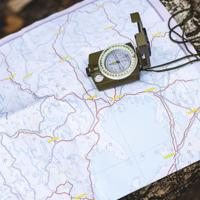
This page provides essential skills for combining a map and compass, ensuring you can navigate reliably through challenging environments.
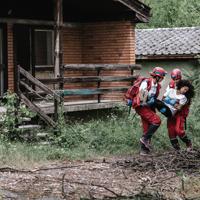
This page explores vital survival skills, emphasizing the importance of mental preparedness, shelter construction, and effective water purification methods.
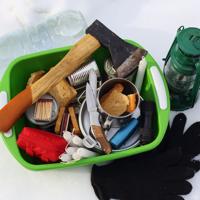
Explore a variety of communication devices that can enhance your safety and preparedness during emergencies.
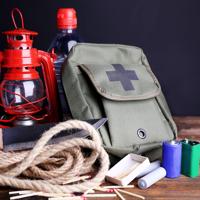
Learn critical first aid and medical skills to enhance your survival capabilities in emergencies and outdoor adventures.
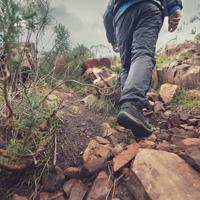
Learn essential wilderness survival skills and knowledge for thriving in untamed environments.

Essential tools and equipment guide for various needs.
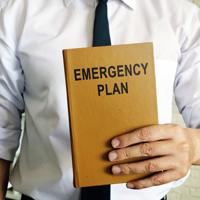
Learn how to prepare for emergencies with effective communication strategies that can help you stay connected and informed.

Communication devices are vital tools for everyday life and emergencies.